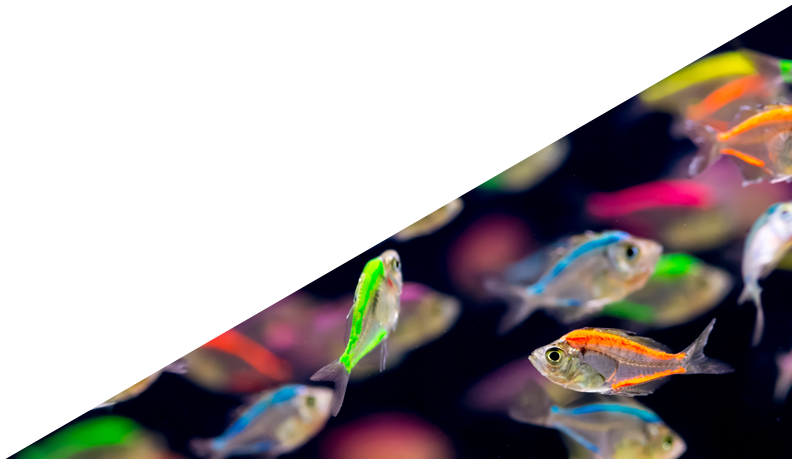Edit Filters
312 Results
Build Adaptive Capacity
You will have to experiment and find things out for yourself and you will not be sure of what you are doing. That's all right, you are feeling your way into the thing.
- Emily Carr
In this week's sticky issue, the question is about change and how we can make change happen in organizations. The question was asked: Things like outcome evaluation, high stakes testing, and change by fiat imply that if you tighten the screws enough, people will change. That reveals lots of false (and often insulting) assumptions. How can we introduce a more effective way to think about and act to support change?
Build Adaptive Capacity
“Through a lens of navigation, then, we can see that "keeping" isn't about having a perfect, linear or flawless journey; keeping is about having a focus point that you want to keep moving toward.”
― Benjamin L. Corey
Build Adaptive Capacity
I’ve been listening to Braiding Sweetgrass by Robin Wall Kimmerer https://bit.ly/2XpVbaA and thinking about ceremony. The book is about change, or maybe loss. It is about plants, or maybe children. It is about an overgrown pond with a future, an abandoned house with a heart, and water lilies that depend on community to survive in the dark. This already, and I’m not even half-way through the book. I can hardly wait to finish it, but I’ll contain my urgency and savor each minute. Why? Because all these themes seem extremely poignant today.
In organizations of all sizes, leaders are being challenged by the complexity that swirls around them.They are called to navigate multiple, interdependent forces that influence their organizations. They deal with diversity of thought, culture, ability, engagement far beyond what has been present in the past. And they work in environments where history is critically important and calls them to honor tradition and learn from the past. At the same time, they work in complex systems where there is no direct cause/effect relationship that points to a quick fix.
Glenda Eoyang received her doctorate in human systems dynamics from The Union Institute and University in 2001. Her research explored questions about the conditions that made some human systems organize quickly and as expected, while others took a
long time to end up in unpleasant or unproductive patterns.
Build Adaptive Capacity
Learning a new language often involves as much forgetting or letting go as it does memorizing new words and creating new patterns of speech. On a recent trip to Mexico, I had a chance to renew my Spanish language studies. As I did, I noticed how my mid-life brain struggled to remember and retrieve unfamiliar words, and the surprising things it would do to meet the new demands. As a practitioner of human systems dynamics, I pondered what this experience could teach me about the role of difference in pattern formation. This blog explores some of my reflection.


